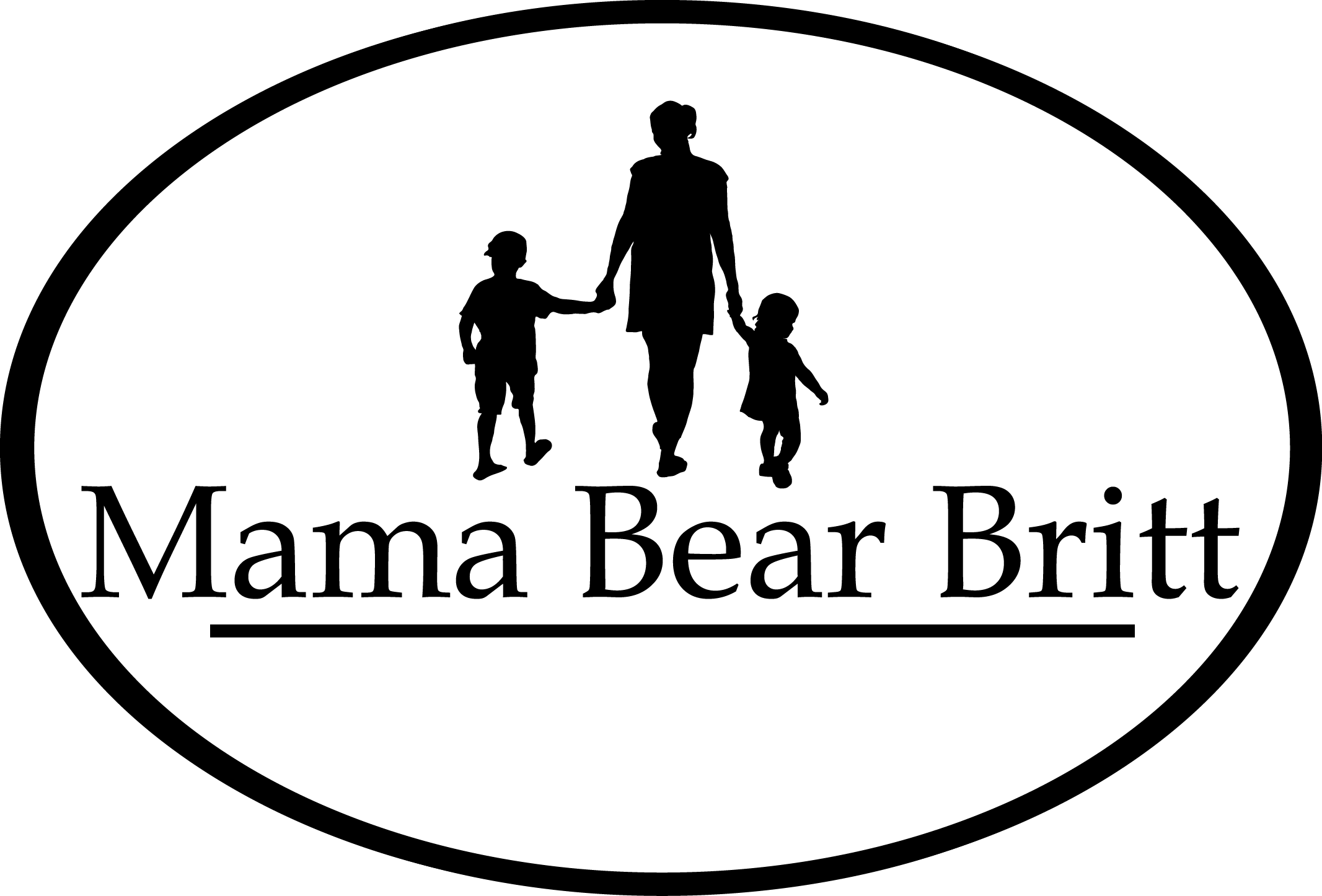Real vs. Pretend & How to approach "Spooky" & New Experiences
Real vs. Pretend for Young Children & an Introduction to Spooky
Young children (under the age of 8), have a difficult time processing real and pretend images. They have a hard time knowing the difference between an image or a show that has real characters, vs an image or show that has pretend characters. Young children are not able to understand that when a pretend image is over, it ceases to exist. This article will answer:
How do young children cope with real vs. pretend?
How to introduce something spooky to young children?
How to introduce something new to young children?
Over the course of celebrating Halloween with my daughter, she has been slowly introduced to “spooky” things that she sees around her during that time of year. Decorations on people’s home, things in the Halloween stores, festivals, and trick-or-treating, of course. Use discretion with what your children see. Scary images can stick with your child, but how you approach it greatly impacts the way they process these images. Some children are more sensitive and anxious by nature and a holiday full of scary make-believe can be very overwhelming. Here is the breakdown of how young children cope with real vs. pretend and how to approach introducing something spooky, or really, anything new to young children.
Introducing Something New to Young Children:
When introducing anything new to children, your attitude, thoughts, and approach make all the difference. Kids learn by modeling. They watch and imitate what they see. Young children are extremely perceptive to how their trusted caregivers respond, react, and project. If for example, you pass by a decorated house in your neighborhood that has some scarier props, you can completely sway how your child takes in that stimuli. If you approach situations proactively, you can neutralize and calm any anxiety or fear your little one may experience from unfamiliar images and experiences. An example of how to do this would be; “oh my goodness! Look at this silly monster hanging in the tree! Birds sit in trees, not monsters! Isn’t that funny?” Or “wow! Check out this awesome skeleton, look at all those bones. We have bones under our skin!” Having a discussion and talking about the details of new experiences helps to break things down for children and see things at face value. Facilitating the conversation provides the opportunity to create dialogue and cognitive development which helps to demystify the unknown and build their confidence in handling new experiences.
How to Introduce Pretend:
It is also up to us to help our children understand this is pretending. It is not real. Young children under 8 are not able to clearly distinguish fantasy vs. reality. It is hard for them to know when something pretend ceases to exist. If they see something scary on TV, it is hard for them to understand it is not in real life. But we can help. When we see something scary, like a ghost decoration, we can tell them it's just pretending. When we explain information to our children, we have to do it in a way they can process. Use real-life examples that make sense to them. For example, “just like when you play DR. with your toys, they are not really going to the DR. you make-believe they are. This ghost is also make-believe. It is just a spooky toy for Halloween fun.”
How to Introduce Spooky:
For many children (and adults), an element of “spook” can be very exciting and fun but approach it with caution. Be sensitive to your little one’s needs and be mindful to how your little one reacts and processes these new experiences. How we handle new situations, very well may be how our children handle new situations. Children watch, absorb, and immolate what they see. If we approach new situations with curiosity, wonder, and excitement, then we are providing an opportunity for our children to do the same. If they are uncomfortable and need a break, honor their feelings. If they are enjoying the experience and the rush of being spooked, then proceed. If our children are exposed to Halloween as something fun, they are less likely to feel anxious.
Want more parenting tips or preschool/toddler activities? Subscribe for related articles. Follow Mama Bear Britt on Instagram, Facebook, and Pinterest!



